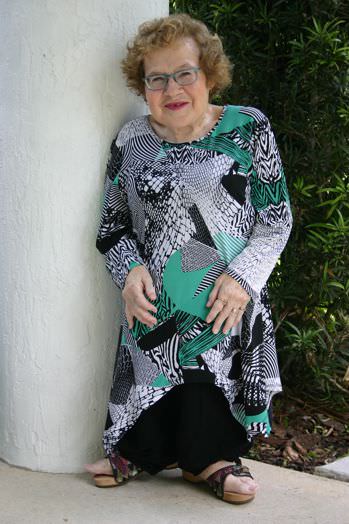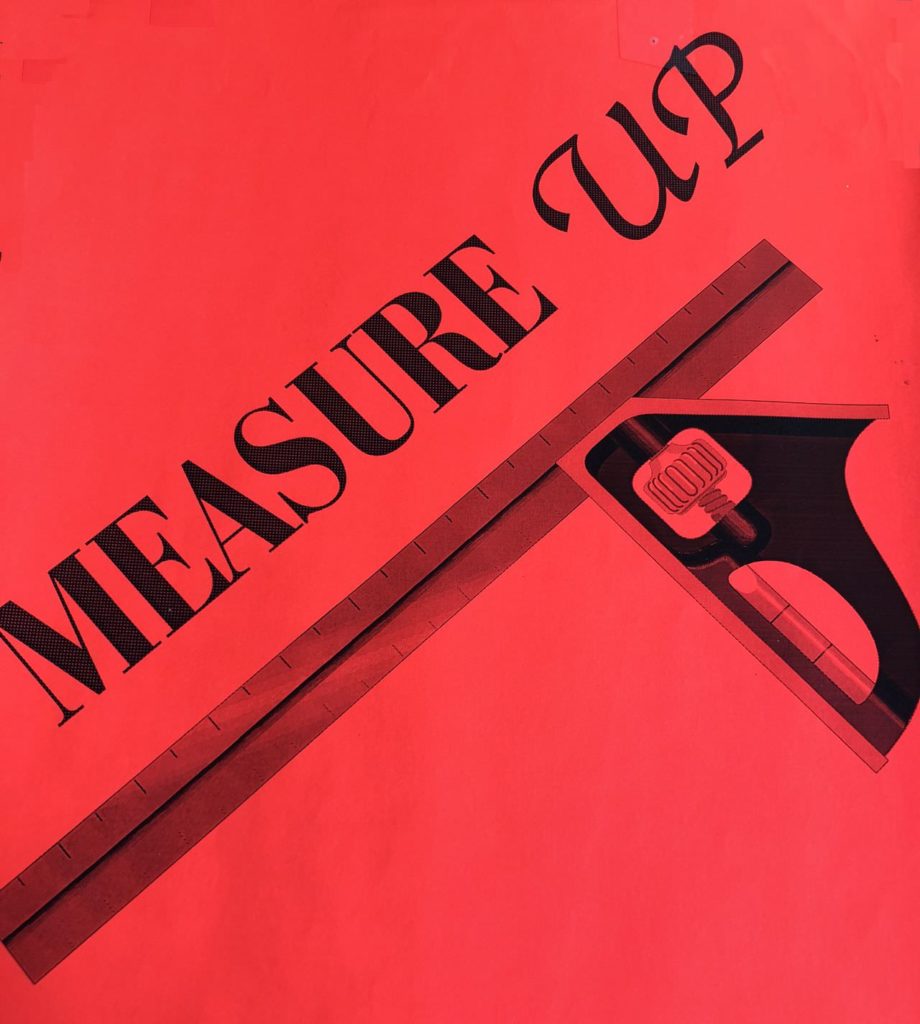
A two-time guest of Phil Donahue, the father of daytime talk shows, I appeared on August 8, 1984 in Chicago and October 12, 1989 in New York City. In 1984, a producer asked Robert Van Etten, president of Little People of America (LPA), to name panelists; in 1989, a producer invited me to join a panel based on my many media interviews resisting dwarf tossing.
But what a difference five years makes.
In Chicago, the LPA panelists were honored guests in the historic and luxurious Drake Hotel. We joined LPA friends riding in a limousine to the studio, being pampered by hair and make-up artists and hanging out in the green room.
Want to subscribe to receive blog updates sign up today!
Donahue talked with us before and after the show. He was playful with the kids and humbly kneeled in the center of our group photo. And we were treated to a post-show fine dining luncheon at the Drake.
In New York, I stayed in a nondescript hotel and my limo ride to the studio was with panelists I didn’t know. We did not see Donahue before or after the show and the food platters in the green room substituted for any post-show meal.
In Chicago, we had no concerns about the program veering off in the wrong direction. We trusted the show would educate the studio and TV audiences about LPA and dwarfism. Our diverse panel was well equipped to answer questions on marriage, parenting, education, employment, medical and other issues. There was no pitting one group against another.
Not so in New York. In order to maintain market share, Donahue had gradually shifted from thoughtful conversations to more sensational topics. For example, in a 1987 show on cross-dressing, he wore a woman’s skirt! So what would I encounter on a show on the violent entertainment of dwarf tossing and roller derby in which the loser is tossed into a pool with alligators?
I was thrown into a lopsided debate on New York State’s proposed ban on dwarf tossing in licensed establishments serving alcoholic beverages as the only panelist supporting the ban! A dwarf-tossing business owner, promoter, and dwarf “tossee” all opposed the ban. At least there was a medical researcher who spoke generally about the negative effects of violent entertainment.
And then there was the audience. In Chicago, it was supportive and included 16 LPA members, and four of Robert’s relatives. The reception was warm, friendly, and open to learning about little people. In New York, the reception was mixed. Although the majority appeared to favor a dwarf tossing ban, a sizeable and vocal group opposed infringing on the dwarf’s freedom of choice to engage in dangerous activity.
Clearly it was a no-brainer for LPA to do the Chicago educational show. But not knowing how Donahue would handle the dwarf tossing controversy in New York was a risk I had to take. Thankfully, the exposure helped propel the bill to ban dwarf tossing. Soon after the program, legislators began signing on as bill co-sponsors.
This post is a behind the scenes look at Donahue talk show appearances discussed in chapter 2—President Robert: The Second Term—and chapter 11—Biting the Legislative Dust—in “Always an Advocate,” the third book in my dwarfism trilogy, releasing on October 8, 2021. Updates are found at my website, https://angelamuirvanetten.com/always-an-advocate/.



